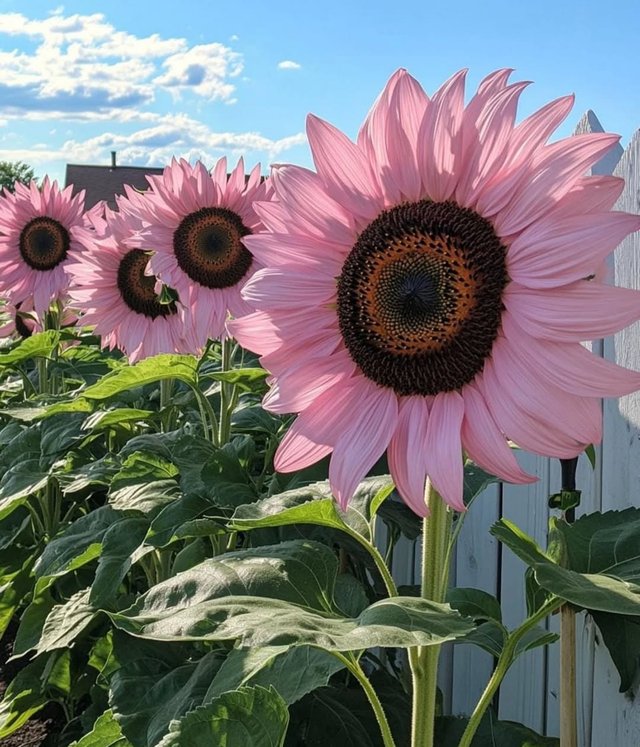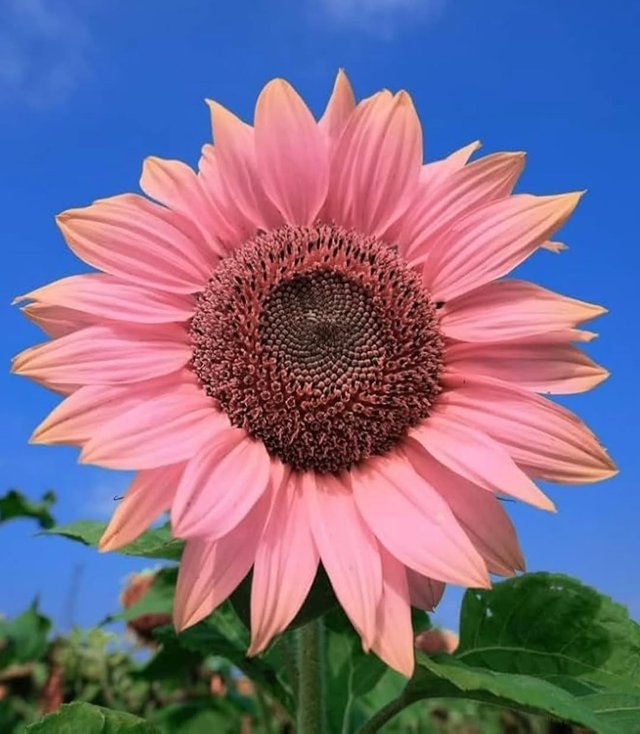Wonderful Common Sunflower
The Common Sunflower is one of the most iconic and instantly recognizable flowers in the world. With its towering stalks, broad green leaves, and radiant yellow petals encircling a dark central disk, the sunflower has long been admired not only for its beauty but also for its usefulness. Beyond being a cheerful sight in gardens and fields, it carries deep cultural, historical, and agricultural significance, making it a true symbol of vitality, resilience, and abundance.
Origins and History
The sunflower is native to North America, where it was first cultivated by Indigenous peoples thousands of years ago. Archaeological evidence suggests that Native Americans grew sunflowers as early as 3000 BCE, making them one of the first plants domesticated on the continent. They used the seeds for food, ground them into flour, pressed them for oil, and even incorporated parts of the plant into medicine and dyes.
In the 16th century, Spanish explorers carried sunflower seeds to Europe, where the plant quickly spread and gained popularity. By the 18th century, sunflower cultivation was flourishing in Russia, which remains one of the largest producers of sunflower oil today. Over time, the plant returned to the Americas as a commercial crop, becoming one of the world’s most important oilseed plants.
Botanical Description
The common sunflower is an annual plant, typically growing between 1.5 to 3.5 meters tall, though some cultivated varieties can reach over 5 meters. Its scientific name Helianthus annuus reflects its nature: Helios+ anthos+ annuus.
Flowers: The sunflower’s head is not a single flower but a composite of hundreds to thousands of tiny florets arranged in a spiral pattern. The outer ring consists of large yellow ray florets, while the central disk contains the fertile seed-producing florets.
Leaves: Large, rough, and heart-shaped, arranged alternately along the stem.
Seeds: Encased in black or striped hulls, they are rich in oil and nutrients, making them highly valuable both nutritionally and commercially.
One fascinating characteristic is heliotropism, the tendency of young sunflower buds to track the movement of the sun across the sky. While mature sunflowers usually face east, this ability to follow sunlight is an adaptation that maximizes growth.
| Device | cannon eos 700D |
|---|---|
| Lens | 55-250 zoom leans |
| Location | Bangladesh |




